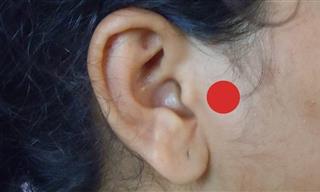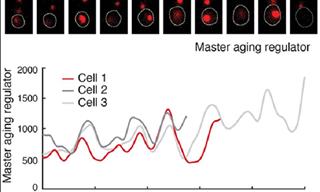Some nagging problems have very simple solutions. One such common problem is acid reflux. Millions in the US and around the world are facing every day, and it turns out the tool that might help you manage it is your breath. As simple as that. The symptoms of acid reflux include a burning feeling in your chest or throat, acidic taste in your mouth difficulty swallowing, and others. Practicing abdominal breathing, also referred to as belly breathing (a version of which also exists in some yoga and meditation disciplines) is likely to ease those symptoms.
So how exactly does it work? This article explains what belly breathing is and how to do it to ease the symptoms of acid reflux.
How and Why Does Acid Reflux Occur?
It is important to understand the mechanism of acid reflux to comprehend its connection with breathing. The sensation of heartburn occurs when some of the acid content of the stomach goes up the esophagus - which, unlike the stomach, does not have a protective lining against stomach acids. A ring of muscle called the lower esophageal sphincter (LES) acts as a valve by not letting food go back up once it reaches the stomach.
Sometimes, the LES relaxes when it shouldn’t, and as a result, it allows stomach contents to travel back up the esophagus. When the valve does not do its job properly, you feel the symptoms of heartburn.
Why is Breathing Important?
What some people are not aware of is that the esophagus traverses the diaphragm – a powerful muscle that draws air into your lungs. Recent studies suggest that the way you use your diaphragm while breathing affects the LES. For example, research published in the Gastroenterology journal concluded that a diaphragm that was too tight caused the LES to relax too much, thus making it less effective.
What belly breathing does is it helps the abdomen expand and allows your diaphragm to move more and tighten around your lungs, so you let more air out when you exhale. The effect is the same in the opposite direction – belly breathing also allows the diaphragm to expand deeper into the belly area, which helps you inhale more.
This means that by practicing belly breathing, you can help maintain the proper functioning of the LES, preventing heartburn in the long term and dealing with the symptoms of the condition in the short term.
How to Practice Belly Breathing
- Lie down in a comfortable spot, preferably a hard surface, and breathe naturally. Pay attention to the way your chest rises and falls. Your aim is to move that breath further down to your abdomen.
- Place one hand just under your ribs and the other hand on your chest.
- Take a long slow breath in through your nose and let it travel all the way to your belly – the hand placed under your ribcage should rise while the hand on your chest shouldn’t move at all.
- When exhaling, focus on tightening your abdominal muscles and pulling them towards your spine. Now the hand under your ribs should drop, while the hand on your chest shouldn’t move. Continue breathing like so for 5-10 minutes and repeat the cycle daily.
Once you’ve gotten the hang of it lying down, you can try practice belly breathing while sitting or standing.
Finally, remember that you should NOT engage in this practice on a full stomach! Make sure enough time has passed since your last meal before attempting belly breathing.
When done correctly and regularly, this practice is meant to gradually train your body to engage the diaphragm while breathing unconsciously as well, which means that it will strengthen the diaphragm and help decrease the recurrence of acid reflux.
 Go to BabaMail
Go to BabaMail



















































